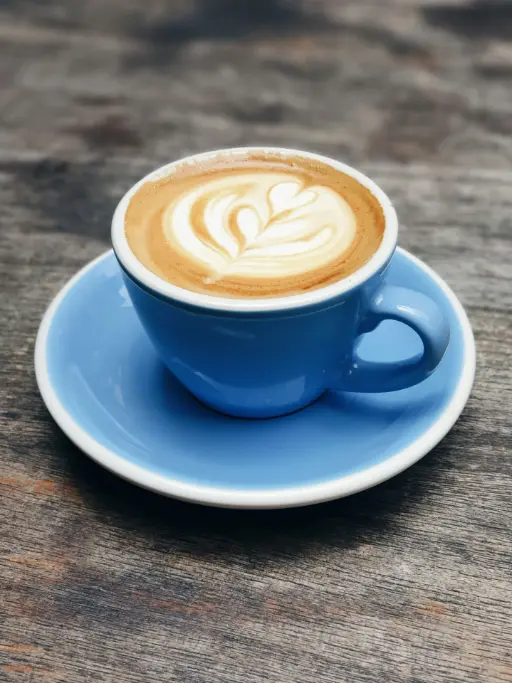Electromagnetic compatibility (EMC) plays a crucial role in today's lighting industry, especially with the proliferation of technologically advanced lighting solutions such as LED lamps. EMC in lighting is about ensuring that lighting products do not cause electromagnetic disturbances that could affect other equipment, and that these lighting products themselves are not susceptible to such disturbances. In this blog we explore the importance of EMC in the lighting industry, the challenges it poses and how manufacturers are adhering to EMC standards to ensure high-quality and safe products.
What does EMC mean for lighting products?
EMC in lighting products is twofold: on the one hand, these products must be designed in such a way that they radiate minimal electromagnetic disturbances, and on the other hand, they must have sufficient immunity against external electromagnetic influences. This is essential to prevent interference with other devices, such as communications equipment or medical instruments. In addition, it is important that the lighting itself is not affected by external sources of electromagnetic disturbance, which could reduce the functionality and lifespan of the product.
Read more:

RoHS compliance: Import lighting from China
In this article we explore the importance of RoHS in relation to importing lighting from China and how companies can ensure their products meet these essential standards.
Innovations and technologies at EMC in lighting
The evolution in the lighting industry brings new innovations and technologies aimed at improving EMC. For example, advanced drivers and controllers are used in LED lighting that are optimized for minimal electromagnetic emissions. There are also developments in shielding techniques and materials that help reduce electromagnetic interference. These technological advances play a crucial role in meeting EMC standards and ensuring the quality and durability of lighting products. Manufacturers that lead the way in adopting these technologies can gain a competitive advantage and be seen as pioneers in environmentally friendly and safe lighting solutions.
The challenges of EMC in the lighting industry
The biggest challenge for lighting product manufacturers lies in meeting the strict EMC standards set by different countries and regions. Designing lighting products that meet these standards requires specific expertise and often advanced technologies. This is especially the case with LED lighting, where the electronic components used can be sensitive to and contribute to electromagnetic interference.
Read more:

What is WEEE? - Your complete guide to electronic waste management
In an era where electronic devices are an integral part of our daily lives, the management of electronic waste (e-waste) is becoming an increasingly important issue. Read in this article what your obligations are as an importer.
Compliance with EMC standards
To meet EMC standards, lighting products undergo extensive testing in accredited laboratories. These tests measure the electromagnetic emissions of the products and evaluate their immunity to external disturbances. Manufacturers may need to adjust their design and manufacturing processes to meet these standards. This may involve using higher quality materials, implementing shielding mechanisms, or adding filters to improve electromagnetic compatibility.
Conclusion
Ensuring EMC in lighting products is not only a legal requirement, but also an essential part of delivering quality and reliable lighting solutions. Manufacturers who invest in compliance with EMC standards contribute to safer and more efficient use of lighting products, ultimately leading to higher customer satisfaction and stronger brand reputations.
Do you import lighting products and would you like to know more about EMC standards?
Contact our team at Westwood Sourcing for expert advice and support in navigating the complex world of electromagnetic compatibility in the lighting industry.









